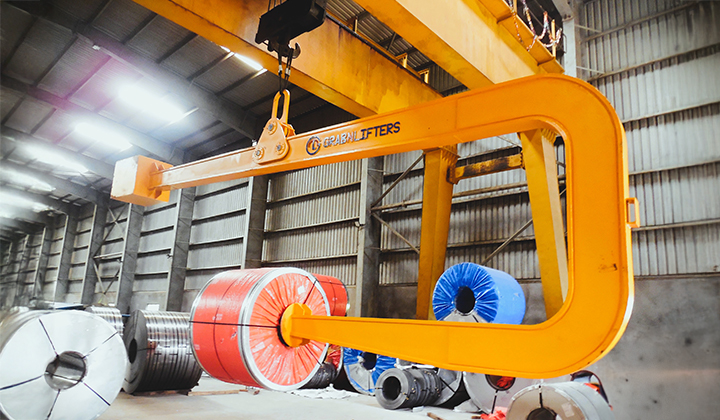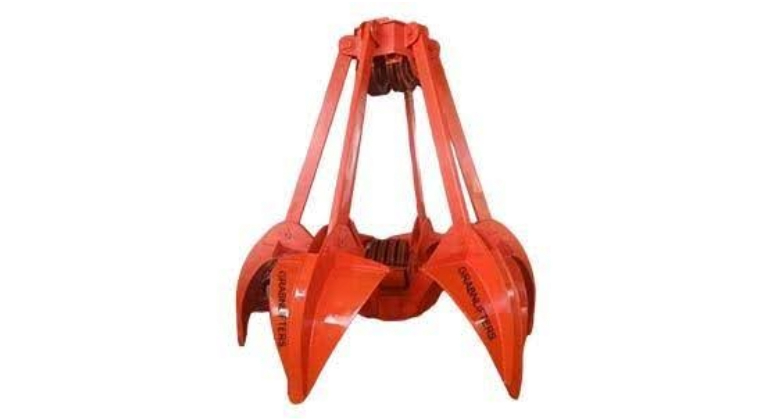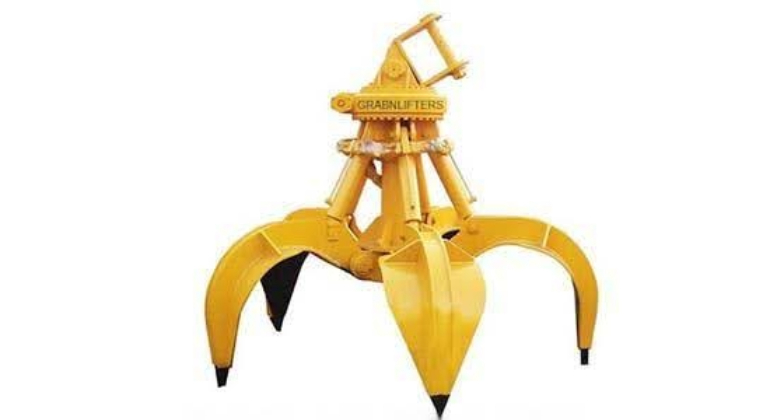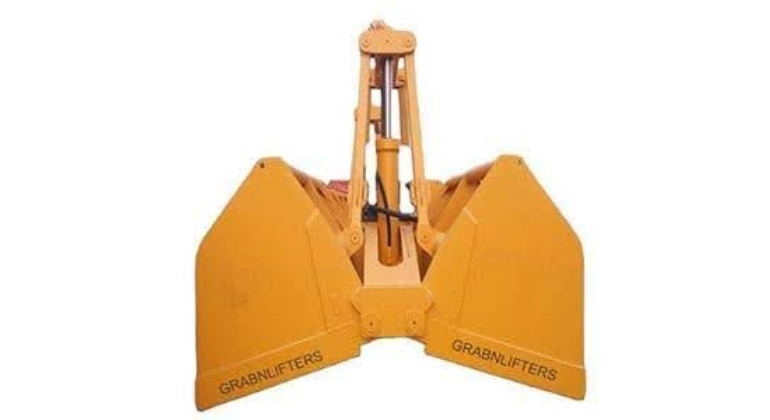Sy.No.819/Part, Kistapur Road, Medchal, Hyderabad.
A COMPREHENSIVE GUIDE TO THE DIFFERENT TYPES OF COIL-HANDLING EQUIPMENTS

19 June 2025
A COMPREHENSIVE GUIDE TO THE DIFFERENT TYPES OF COIL-HANDLING EQUIPMENTS
In industrial settings such as steel mills, metal processing plants, and manufacturing units, handling large and heavy coils of metal safely and efficiently is crucial. Coil-handling equipment is designed to transport, lift, unroll, and position metal coils during various stages of production. These machines enhance productivity, reduce injuries in the workplace and provide accurate material handling. This is a complete rundown on the most popular coil-handling equipment and their purposes.
Coil Tilters/Upenders: Coil tilters (also referred to as upenders) are intended to rotate a coil - typically horizontal to vertical or vertical to horizontal. Coils frequently lie in a single orientation, and need to be rotated in order to be processed or loaded. They come in mechanical, hydraulic or motorised versions and ensure safe and smooth tilting even without spilling and without damaging the material.
Coil Cars: Coil cars A coil car transfers coils between storage areas and decoilers or unwinding stations. They are rail mounted or mobile and are made to carry very heavy loads steadily. Coil cars ease loading, and in many cases may be loaded automatically or semi-automatically with decoilers.
Decoilers/Uncoilers: Decoilers are critical machines in metal forming and processing industries. They unwind the metal coil so that it can be fed into a roll forming or stamping line. Decoilers may come with manual or hydraulic expansion mechanisms and can be motor-driven for automatic feeding. Some advanced versions include loop control and tension regulation to avoid coil breakage or slack.
Coil Cradles: Coil cradles are machine tools mounted on the floor which hold and straighten the coil as it is reeled into processing lines. They can handle heavier and thicker materials and offer a firm feeding solution without overhead loading. Coil cradles are often used in conjunction with straighteners and feeders in high volume stamping operations using press feed lines.
Coil Reels: Coil reels Coil reels closely resemble decoilers, however they are designed specifically to hold and feed the coil stock into machines. They normally have adjustable mandrels in order to fit different sizes of coils. Depending on the application, coil reels are powered or non-powered. Braking systems can be also applied to them to control tensions.
Straighteners: Straighteners are employed together with decoilers or coil reels to straighten the metal strip ahead of the forming or cutting operation. Coils may be stress relieved or curved, in which case straighteners remove the defect with a progression of adjustable rollers. This guarantees material quality and accuracy in downstream processes.
Coil Lifting Devices: They are coil grabs, C-hooks, magnets and lifting tongs, which are normally used with overhead cranes. They facilitate safe handling and bringing of the heavy coils in the warehouses or off the trucks into storage. Based on the coil position, various lifting tools apply in making it even and prevent damages.
Customisable Configurations: They come in various configurations depending on the nature and volume of material to be handled.
Selection of appropriate coil-handling equipment requires consideration of many factors, such as coil size and weight, production flow, available space, and safety needs. Since every industry needs to invest in the respective systems, whether it is tilters and decoilers or straighteners and coil cars, they will be able to improve their efficiency of performance, minimise downtime, and keep the workplace safer. With the continued evolution of automation and technology, coil-handling equipment is getting smarter, more accurate and more integrated into the modern manufacturing process.



